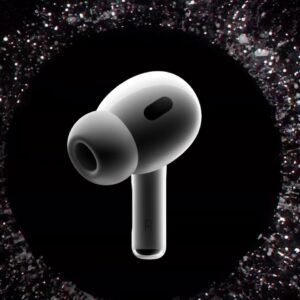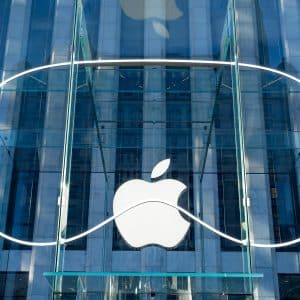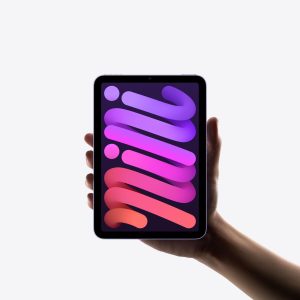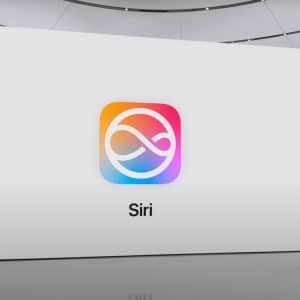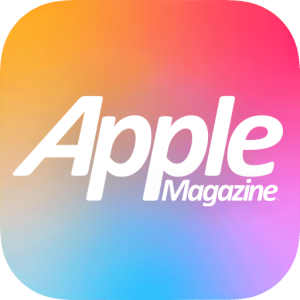Despite challenges from the coronavirus pandemic and growing competition from Apple and Xiaomi in China, new data from Canalys confirms that Huawei overtook Samsung as the world’s number one smartphone maker in the world in the second quarter of 2020.
During the period of global lockdown, the Chinese technology giant shipped an eye-watering 54.8 million units compared to Samsung’s 54.2 million, with both brands now responsible for a 20% share of the global smartphone market.
Analysts suggest China’s speedier recovery from the coronavirus pandemic encouraged consumers to upgrade their phones on home soil, and with endless ecommerce promotions offering smartphones at rock-bottom prices, many were chomping at the bit to upgrade as soon as they could safely leave their homes.
Indeed, Canalys’ Associate Director Tarun Pathak revealed in his latest earnings update that 71% of Huawei’s sales in the period came from China, with consumers preferring a brand on home soil, despite growing competition from American brands such as Google and Apple, who have been working hard to capitalize on Asian markets with the release of budget smartphones such as the Google Pixel 3a (and soon to be 4a) and the second-generation iPhone SE, which launched in April.
Competition from Apple
What’s particularly interesting to note in regards to Huawei, however, is that Apple was named the fastest-growing smartphone brand in China during the second quarter of 2020, with data from Counterpoint Research suggesting that the Cupertino company shipped around 7.4 million units in the period, fueled by the launch of the iPhone SE and promotions on the iPhone 11 range.
The figures were up 32% year-over-year, perhaps fueled by the coronavirus pandemic, and paint a different picture from the start of the crisis, when Apple shipped 62% fewer iPhones than the year prior. Thanks to growing consumer confidence, an increase in Chinese consumers working from home, and Chinese ecommerce promotions, the firm has been able to increase its market share and serve as a genuine Huawei rival.
The news of Huawei’s climb to the top marks the first time in a decade that any company other than Apple or Samsung has served as the world’s most popular smartphone maker. At a time when consumer confidence is plummeting and unemployment figures are rising, it is clear that affordable smartphones are the future.
Huawei’s flagship smartphone – known as the P40 – received mixed reviews from critics, who praise its battery life but criticize its water-resistance and limited software, due to the removal of the Google Play Store. The Huawei P30 Lite, on the other hand, is less than $300, and comparatively offers more bang-for-your-buck than Google, Samsung, and Apple’s offerings, hence its meteoric growth amongst price-conscious shoppers.
The Huawei AppGallery
Where Huawei comes into its own, however, is with the AppGallery. Following Donald Trump’s controversial decision to ban Huawei from the United States, it was revealed that Google could no longer offer its Play Store on Huawei devices.
Though some of these rules have since been relaxed, Huawei decided that it was done relying on American technology giants to power its smartphones, and set out to create its own software. Back in August 2019, the firm announced HarmonyOS, a cross-device operating system. The idea was for the company to replace Google’s apps – everything from the Play Store through to search and Maps – with its own Huawei-based alternatives.
The full operating system is designed for IoT devices and brings together other products in Huawei’s portfolio, including its routers, wearables, and audio products, though CEO Richard Yu said that whilst Android would remain on Huawei devices for the foreseeable, it was able to “flick a switch” and convert over to the full HarmonyOS experience. As time goes on, and political tensions rise, it seems more and more likely that HarmonyOS will make its way onto phones.
The first sign of the transition is with the Huawei AppGallery, which is rolling out alongside the company’s latest flagship phones. The idea is to remove the “clutter” of Google from the Android experience and replace it with pre-built applications for the Huawei platform. The good news for consumers and developers is that the Huawei AppGallery runs off of Android and, therefore, converting an Android app to a Huawei AppGallery app takes a couple of clicks.
The firm’s app distribution platform is the biggest challenger to iOS and Android to date, and whilst it’s still minuscule in comparison right now, the service will no doubt grow in the coming years. AppGallery is exclusive to Huawei mobile devices, and allows users to search, download, manage, and share mobile apps. The Mate 30, Mate 30 Pro, and new P40 Series are the first handsets to be packaged with the AppGallery, and it’s thought that all future Huawei devices will come without Google’s core functionality, to slowly “wean” customers away from the ecosystem. Although some have been critical of the AppGallery, most agreed you get used to it pretty quickly. “Living without the full Google Mobile Services is easier than you think, though it’s not for everybody,” said writer David Phelan of Forbes.
Since its launch, the AppGallery has already attracted around 400 million global monthly average users, as well as one billion app downloads outside of China. The platform boasts 30,000 top apps outside of China, with 55,000 apps integrated into its core ecosystem. AppGallery is also the third biggest app store in the world and rapidly growing, with popular services like BBC News and Amazon already on the platform. And because developers only need to open an account, upload their Android APK and publish their apps, it’s likely that adoption of the AppGallery will continue, especially as Huawei makes a push in the West.
Are you a fan of Huawei phones? Let us know on social media.


